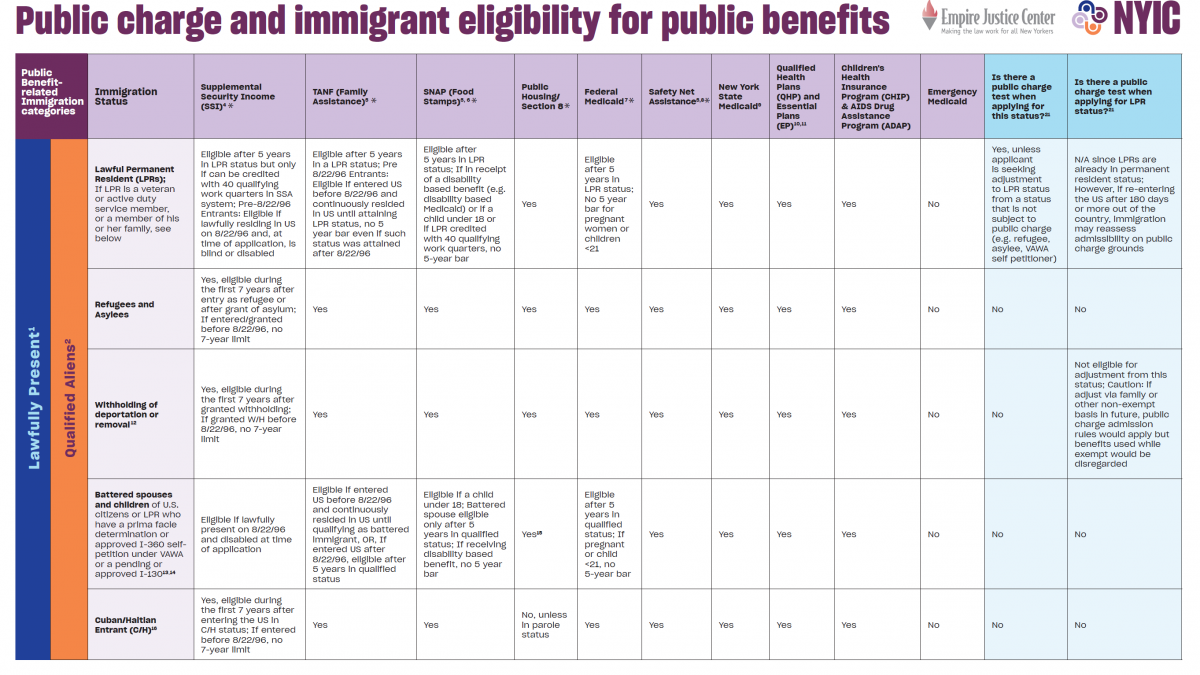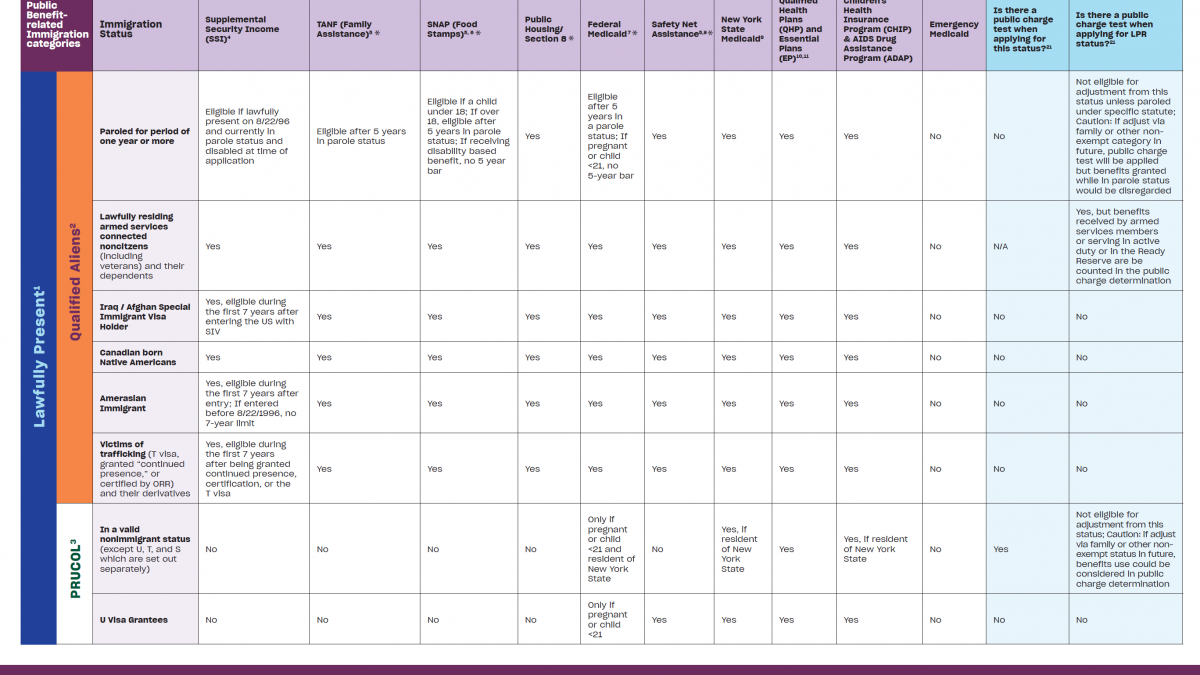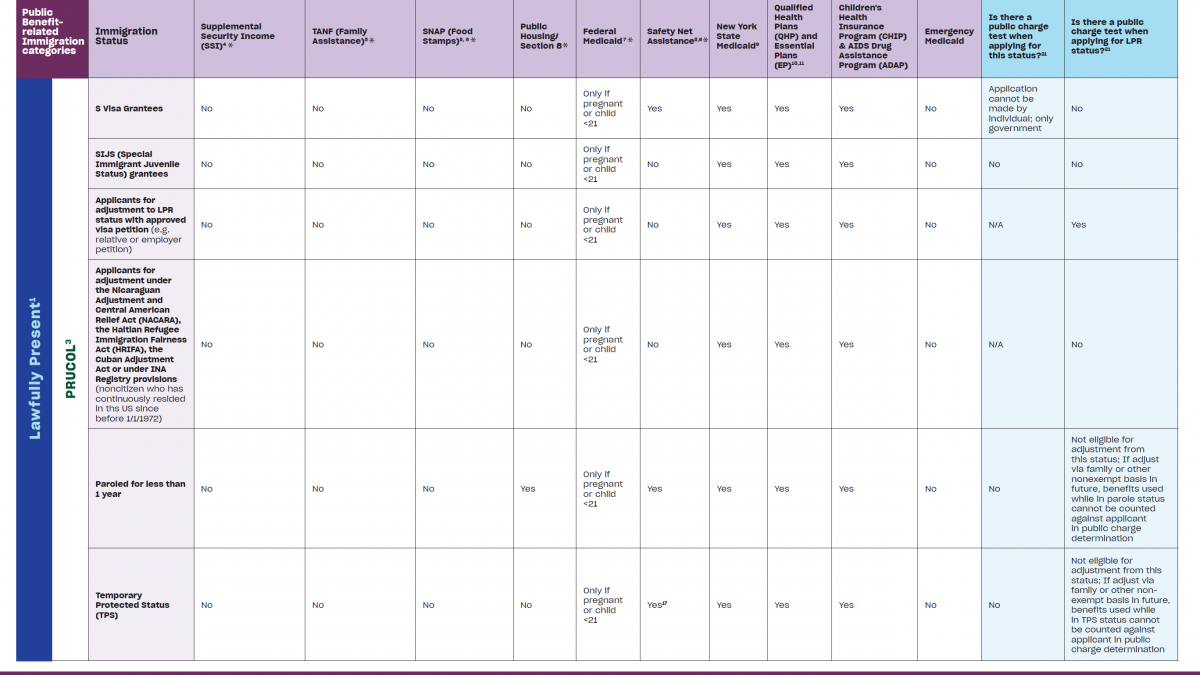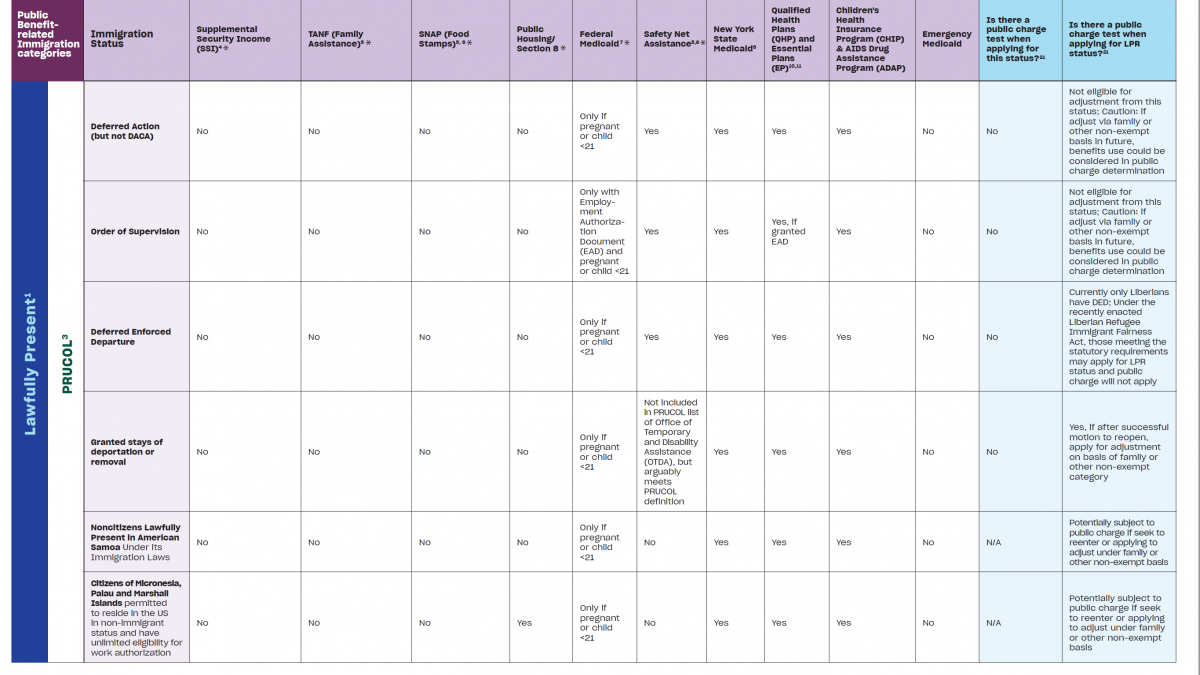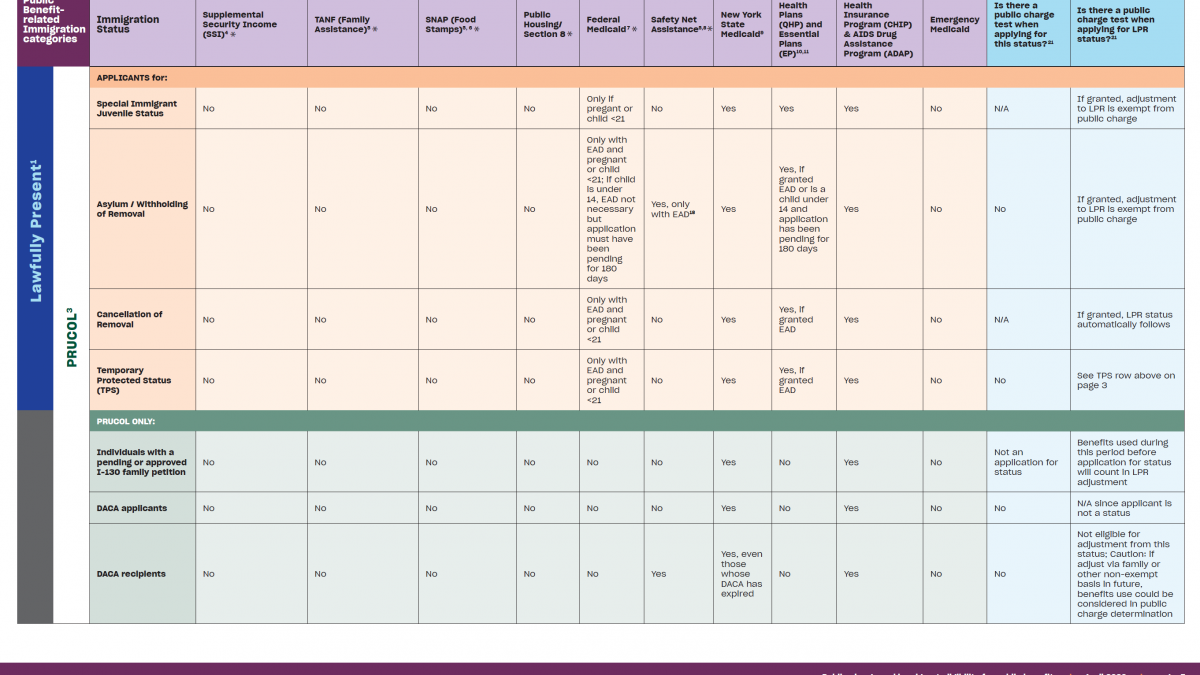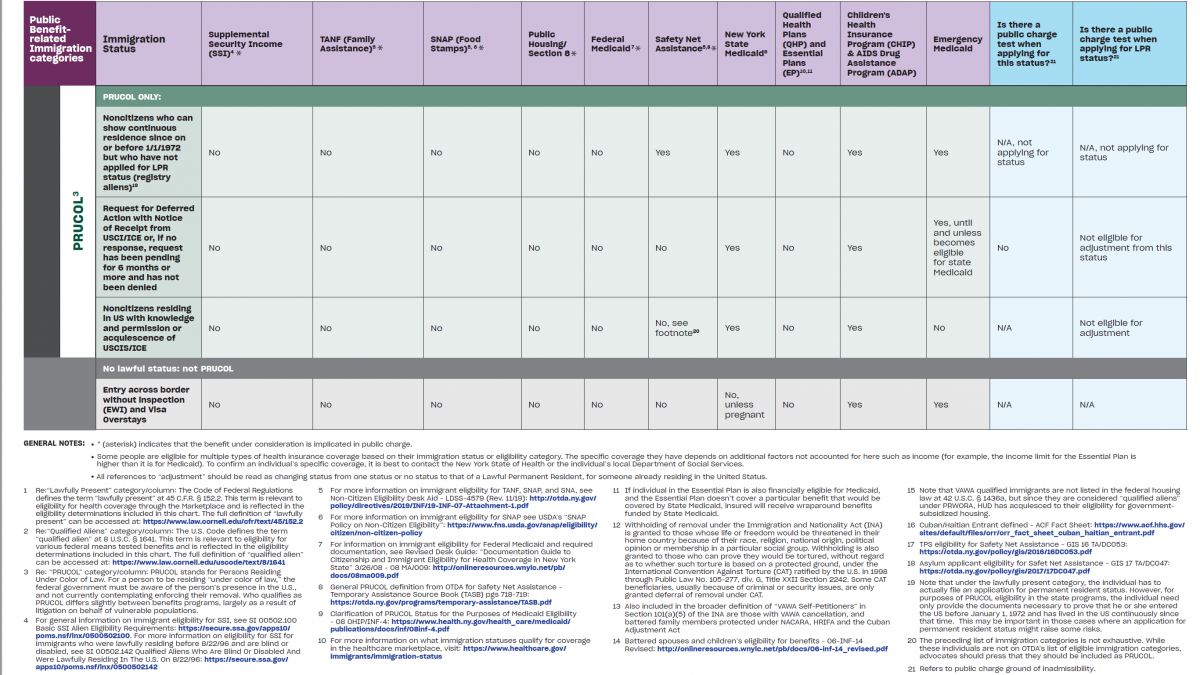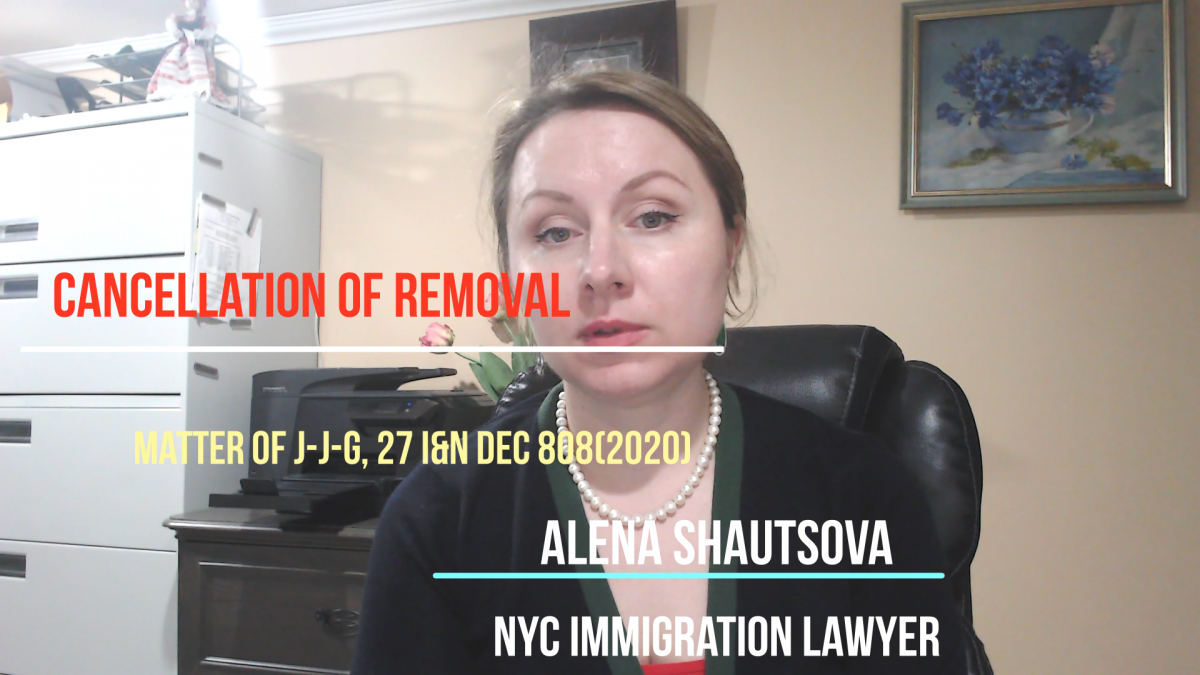2024 New Developments in Asylum Process You Must Know
Author: USA Asylum Lawyer Alena Shautsova
Asylum is a discretionary relief that one can apply for in the US when they fear returning to their home country. It is only possible to request asylum if one either is already in the US, or if they are at the point of entry/border of the US. It is not possible to file for asylum if one is outside the US.
U.S. asylum law is based on international agreements created after World War II to protect people who are fleeing or fearing persecution. However, in addition to the Acts of Congress, the Asylum laws are also shaped by the USCIS regulations, DHS Memos, court decisions, and Executive orders.
In 2023 and 2024, the Executive branch issued a number of such orders that drastically affect one’s chances of receiving asylum in the US. The main purpose of those orders is to regulate asylum flow at the U.S. southern border.
For example, June 4, 2024 Presidential Executive order states that noncitizens arriving between ports of entry at the southern border are generally ineligible for asylum when the rolling seven-day average of daily encounters with inadmissible noncitizens surpasses a specific numerical threshold. This threshold has been consistently exceeded since July 2020, resulting in strict limitations on asylum eligibility for those crossing at non-designated points. See: https://www.whitehouse.gov/briefing-room/presidential-actions/2024/06/04/a-proclamation-on-securing-the-border/.
Before the implementation of the new rule, immigration officers conducted interviews with each noncitizen they encountered to determine if they intended to apply for asylum or if they had a fear of persecution. If a person was found ineligible for asylum, an asylum officer would then assess whether the noncitizen had a credible fear of persecution or torture, defined as a “significant possibility.” This process, outlined by 8 U.S.C. § 1225(b)(1)(B)(v) and 8 C.F.R. §§ 208.30 (e)(2)-(3), was essential in ensuring noncitizens were not erroneously sent back to perilous conditions in their home countries.
The Rule, however, adopts a screening policy that will systematically lead to the forcible return of people seeking protection from persecution, torture, and death. Under the Rule, a noncitizen can be quickly removed from the United States without any process unless an immigration officer—usually a Border Patrol agent—determines that the person has “manifested” a fear of return. Individuals must “manifest” a fear of persecution or torture on their own, without being asked if they have such a fear. In practice, non-citizens who lack understanding of the process, are hungry, tired and scared will not be able to comply with such a demand, not even knowing they have to. Experience shows that, when a “manifestation of fear” standard or similar directives not to ask about fear of removal were imposed, asylum seekers’ fear of return has gone unrecognized.
Further, even if a Border Patrol agent concludes that a noncitizen adequately “manifests” a fear, the noncitizen will still face removal unless an asylum officer determines that the noncitizen meets a new, more stringent screening standard. Instead of satisfying the “significant possibility” standard, the noncitizen must demonstrate a “reasonable probability” of torture or persecution. Most importantly, a non-citizen has only 4 hours now to consult with an attorney prior for their life-changing interview- test that determines if they have enough fear to remain in the US or being sent home.
Another important rule to take into consideration when filing for asylum is the Circumvention of Lawful Pathways rule, which is currently is being litigated, but nevertheless must be observed until the final decision is made by the courts. Some refer to it as “Asylum Transit Ban.” If one enters the US between the points of entry, between May ay 11, 2023, and May 11, 2025, including minors traveling with their parents, then they are ineligible for asylum! Certain groups of people are exempt from the bar, including Asylum seekers from Mexico (as they do not travel through another country before entering the United States); Unaccompanied minors; People who enter the United States through parole (a process through which the government can give certain people permission to enter the United States); People who have a pre-scheduled appointment to come to a port of entry (CBP One App appointments), and certain vulnerable groups, including those with acute medical needs or victims of severe forms of trafficking.
As one can see, that these barriers must be overcome prior to one’s application being considered on merits. These points will be vetted in both affirmative and defensive asylum procedures. These are new serious barriers on one’s way to asylum in the USA.
If you need help with your asylum case, call us 917 885 2261 or book appointment here: https://www.shautsova.com/m/contact-us-lawyer/calendly.html



